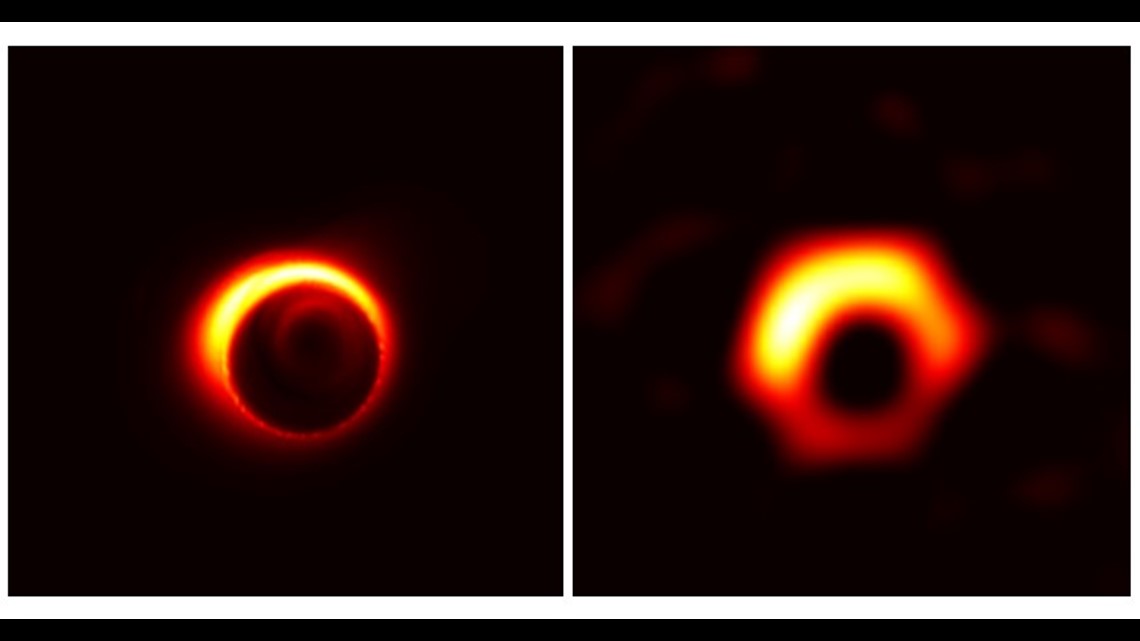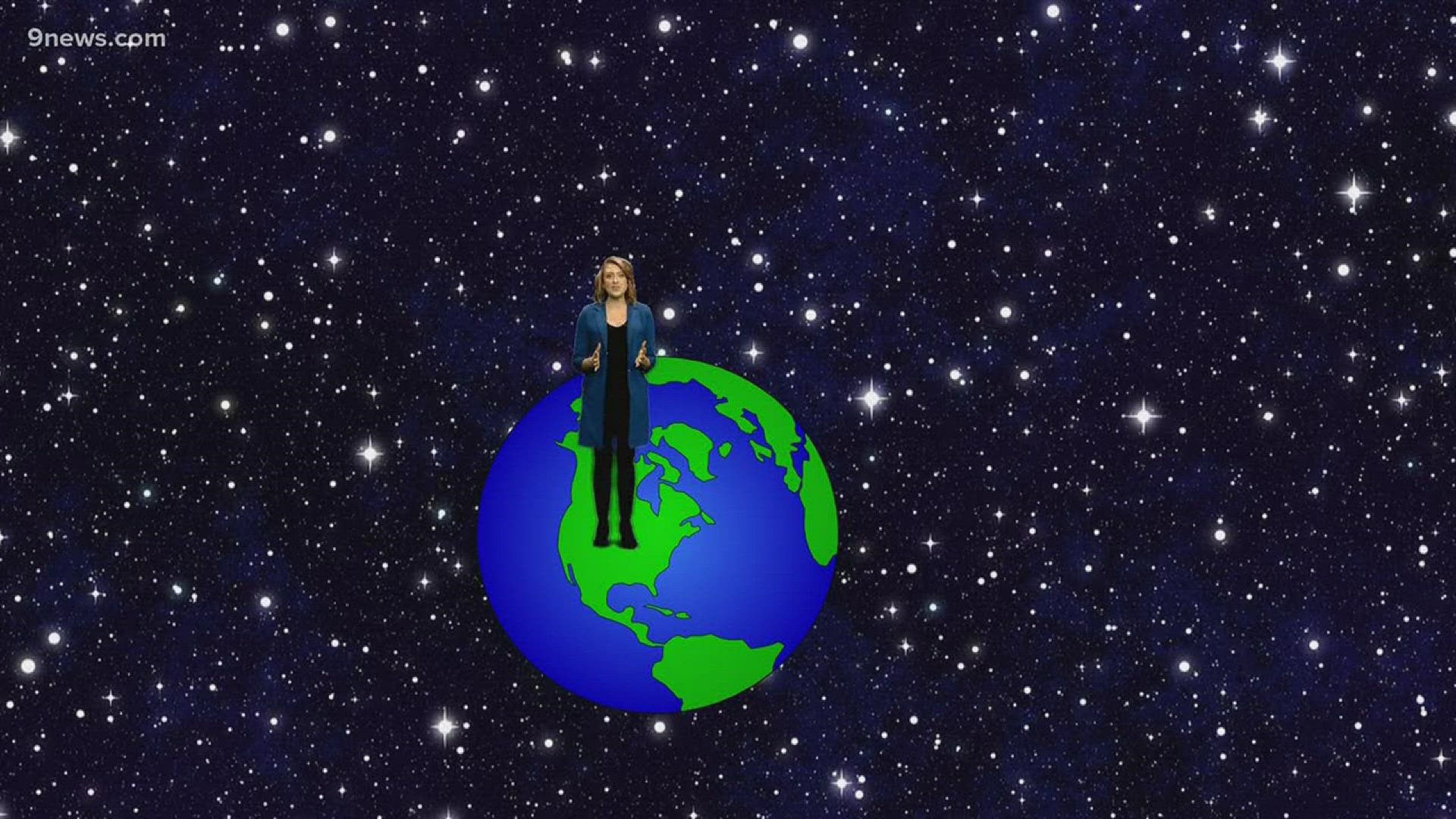DENVER — The image of the black hole depicting a fiery ring of gas in a galaxy 53 million light-years from Earth is "kind of like putting a coin on the moon and trying to tell what kind of coin this is."
That's according to Jason Dexter, a junior research group leader at the Max Planck Institute for Extraterrestrial Physics. Dexter was one of 200 scientists who worked on the project and will join the University of Colorado Boulder's Department of Astrophysical and Planetary Science as an assistant professor this fall.
9NEWS caught up with Dexter to learn more about the scientific breakthrough, where he spoke with us over Skype from Germany.
(Editor's note: Responses have been edited for context and clarity.)
9NEWS: What was your part in gathering the image of the supermassive black hole, and what was it like to see it?
Dexter: For about 10 years since my Ph.D., I've worked on what we expect the image of gas really close to a black hole to look like, so it's really exciting obviously to see the real thing. ... It's a really satisfying moment, and it also means that the future is really bright for doing this, because we think we understand what we see, and we can now use it to try to learn about gas around black holes and about black holes themselves."
How will it help you learn more about black holes?
Dexter: We really now have a new way to study what the gas is doing right next to a black hole. And we know because we see this nice ring. This is from the bending of light around the black hole.
So we know where it's coming from. We know it's coming from very close to the black hole. ...
We can learn a lot then about how black holes grow, how they produce these jets of material that are seen in this galaxy...shooting out at near the speed of light. And then of course we can try to test how gravity behaves around the black holes.
The resolution of the image is still blurry, why is that?
Dexter: I've heard people complain about the fuzziness. ... Even a super-massive black hole, a very big object, millions to billions times the mass of the sun, are nonetheless very small.
So the image we see is comparable to our solar system, but it's seen in a distant galaxy millions of light years away. It's kind of like putting a coin on the moon and trying to tell what kind of coin this is.
Did you expect all this public attention?
Dexter: I’ve honestly been taken aback by the popular reaction of this.
But you knew about the fascination people have with black holes?
Dexter: They represent really an extreme limit of physics, and when I stop to think about it, it’s really hard to even imagine how this works and that this is a real thing.


The left is a predicted model image from the paper "Dexter, McKinney, Agol (2012)" and the right is a mock-up of how we expected that to look with the Event Horizon Telescope.
In the model image, what we see is light from gas behind the black hole, which is bent into a ring around it. The mostly dark part in the middle is the black hole shadow. It is asymmetric because the gas is rotating at relativistic speeds.
In the prediction, we had it rotating so that the bright spot is at the top while in the observed image the bright spot is at the bottom.
SUGGESTED VIDEOS | Science is cool

